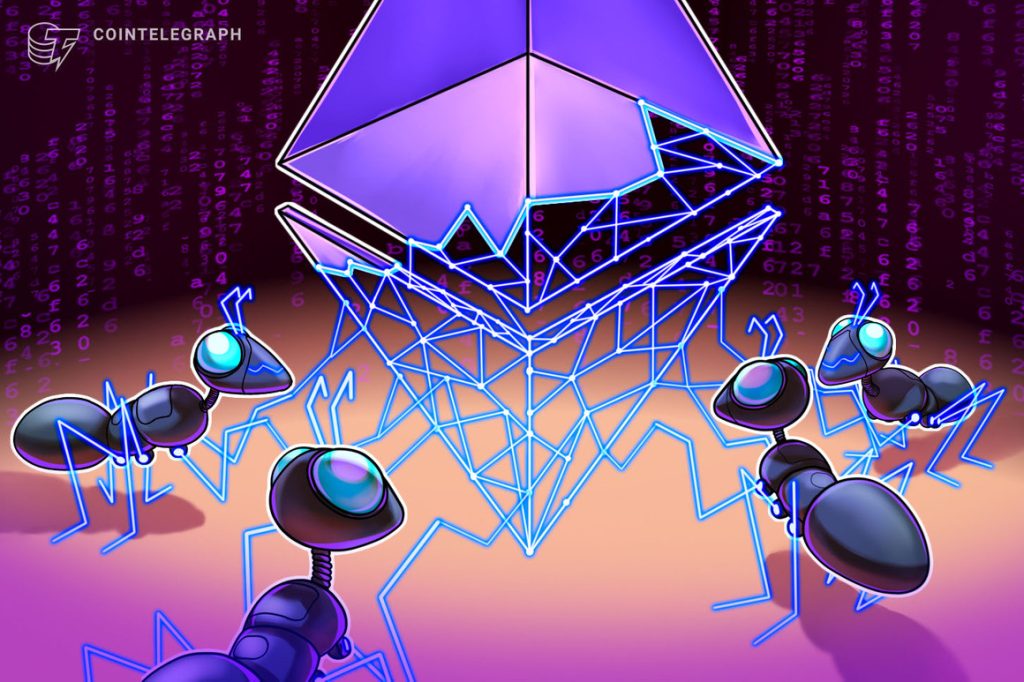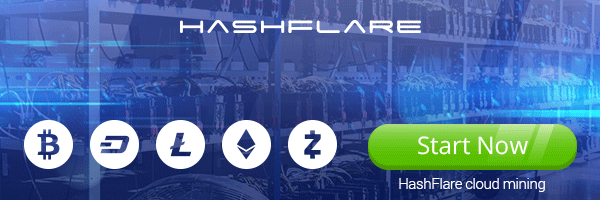Celo blockchain proposes return to Ethereum ecosystem, transition to L2

CLabs, the organization responsible for developing the Celo blockchain, is seeking to return to the Ethereum ecosystem by transitioning from an independent EVM-compatible layer-1 blockchain to an Ethereum layer-2 solution.
According to a proposal discussion on Celo’s governance forum, the transition would include leveraging OP Stack as the architecture to become an Ethereum L2 blockchain, eliminating the need to monitor tooling and libraries composability through upgrades, thus “making it easy for Celo developers to utilize the full gambit of Ethereum tooling/libraries.”
Other key differentiating factors would include an off-chain data availability layer operated by Ethereum node operators and protected by restaked Ether (ETH), along with transforming current validators into decentralized sequencers for L2.
Layer-1 and Layer-2 blockchains differ primarily in purpose, but also in their design and architecture. While L1 networks are designed to be self-sufficient, L2 solutions are aimed at enhancing the performance of L1 blockchains rather than operating independently.
Benefits from the transition would allegedly include increased security while maintaining low gas fees. “We expect no material change of gas fees. As the proposal is for an L2 solution with off-chain data availability, gas costs can be a lot lower than on other L2s,” reads the proposal, scheduled to be discussed on a governance call on July 21 before being released for a “temperature check” on the following day.
By adopting the proposal, end-users would not be affected by the migration, and CELO token holders would retain control over core contracts by voting on governance proposals. Additionally, CELO tokens will also be used to pay for gas.
Although the transition seems purely technical, it may affect the Celo ecosystem in different ways. As per the forum discussion, it could potentially enable more liquidity to flow between Celo and other chains, but also generate extra costs for sequencers, such as fees on the data availability layer and gas on Ethereum. In addition, it is also unclear whether sequencers’ rewards would match with current validators’ rewards.
With blockchains becoming increasingly competitive, Celo has been working on improving its mobile experience by incorporating increased functionality and particular features. The Celo ecosystem is also targeting developing economies, where more technological solutions for payments are in demand.
Collect this article as an NFT to preserve this moment in history and show your support for independent journalism in the crypto space.
Magazine: Here’s how Ethereum’s ZK-rollups can become interoperable















